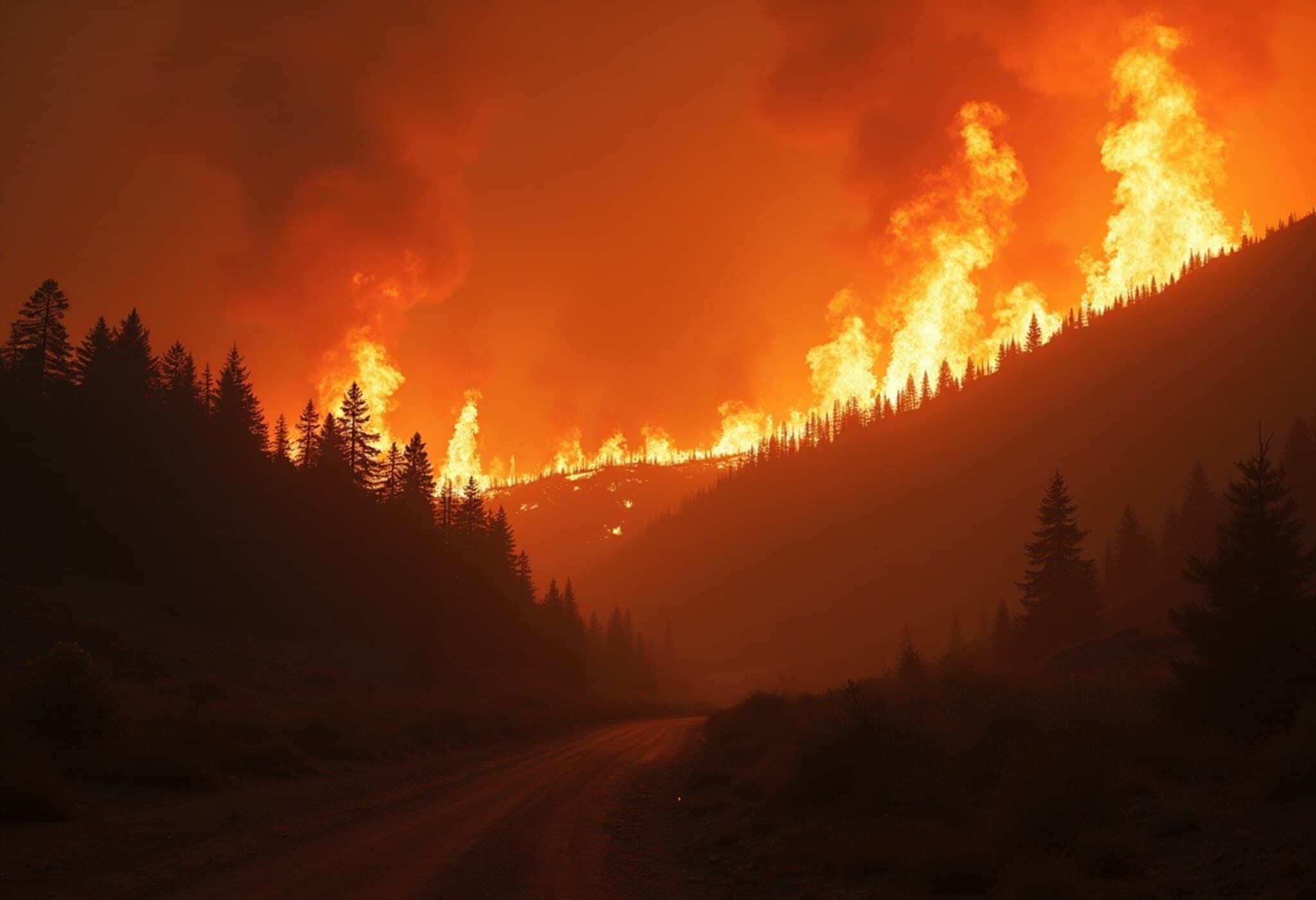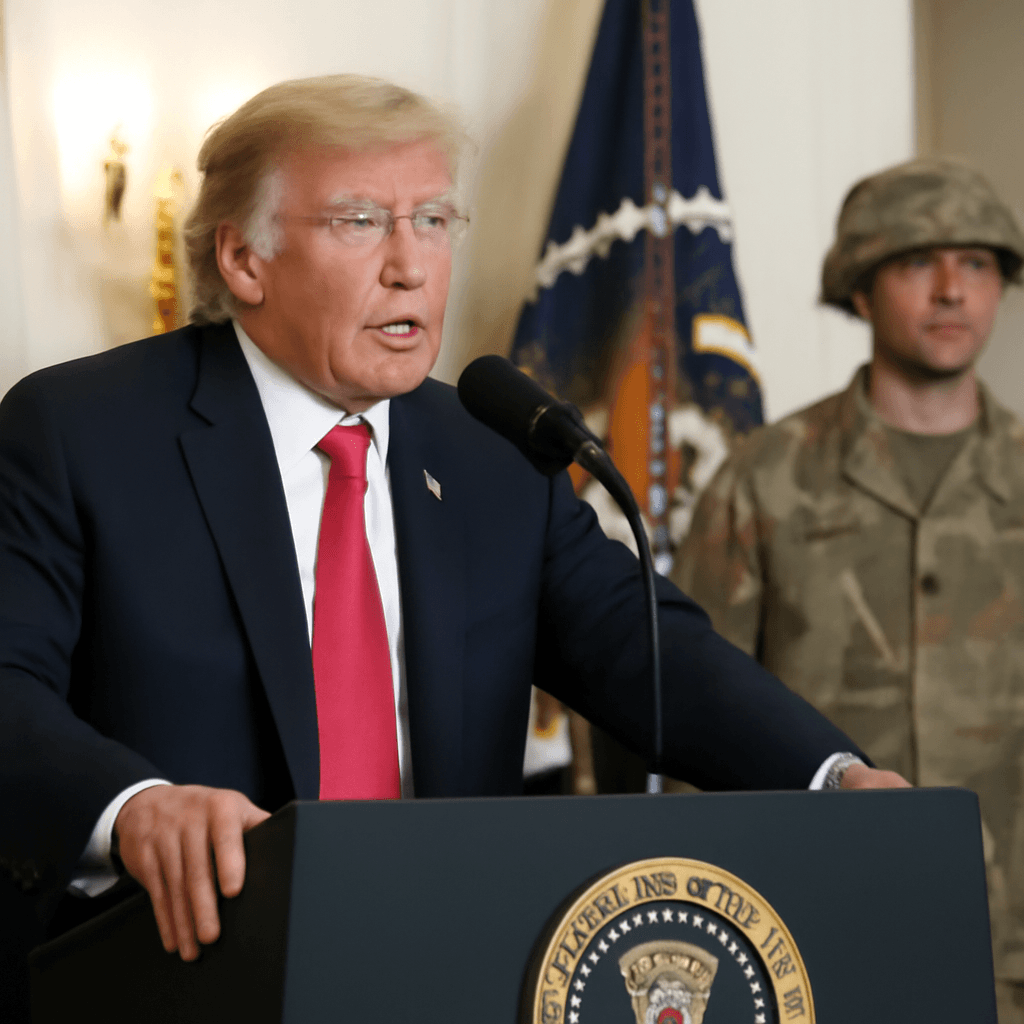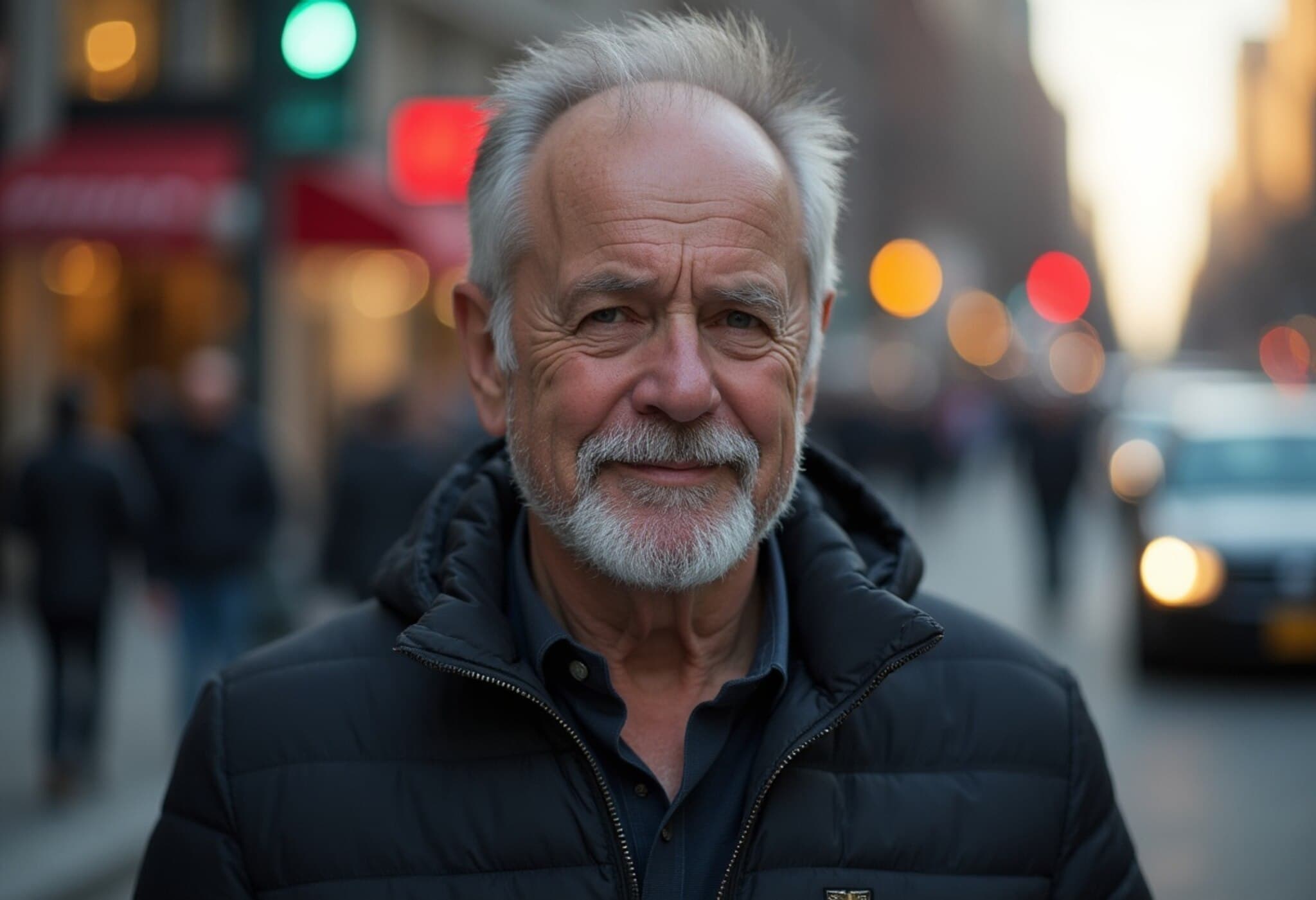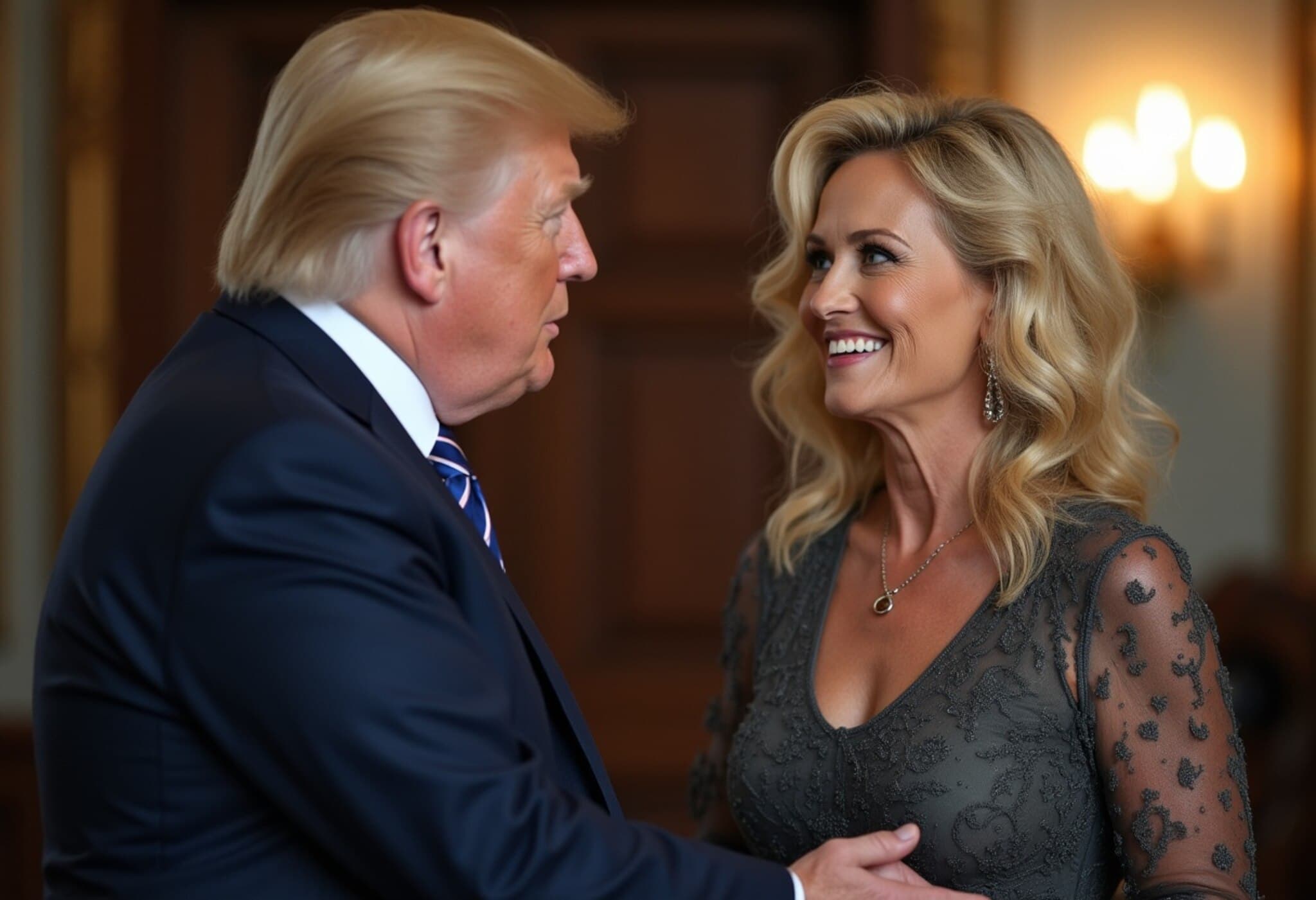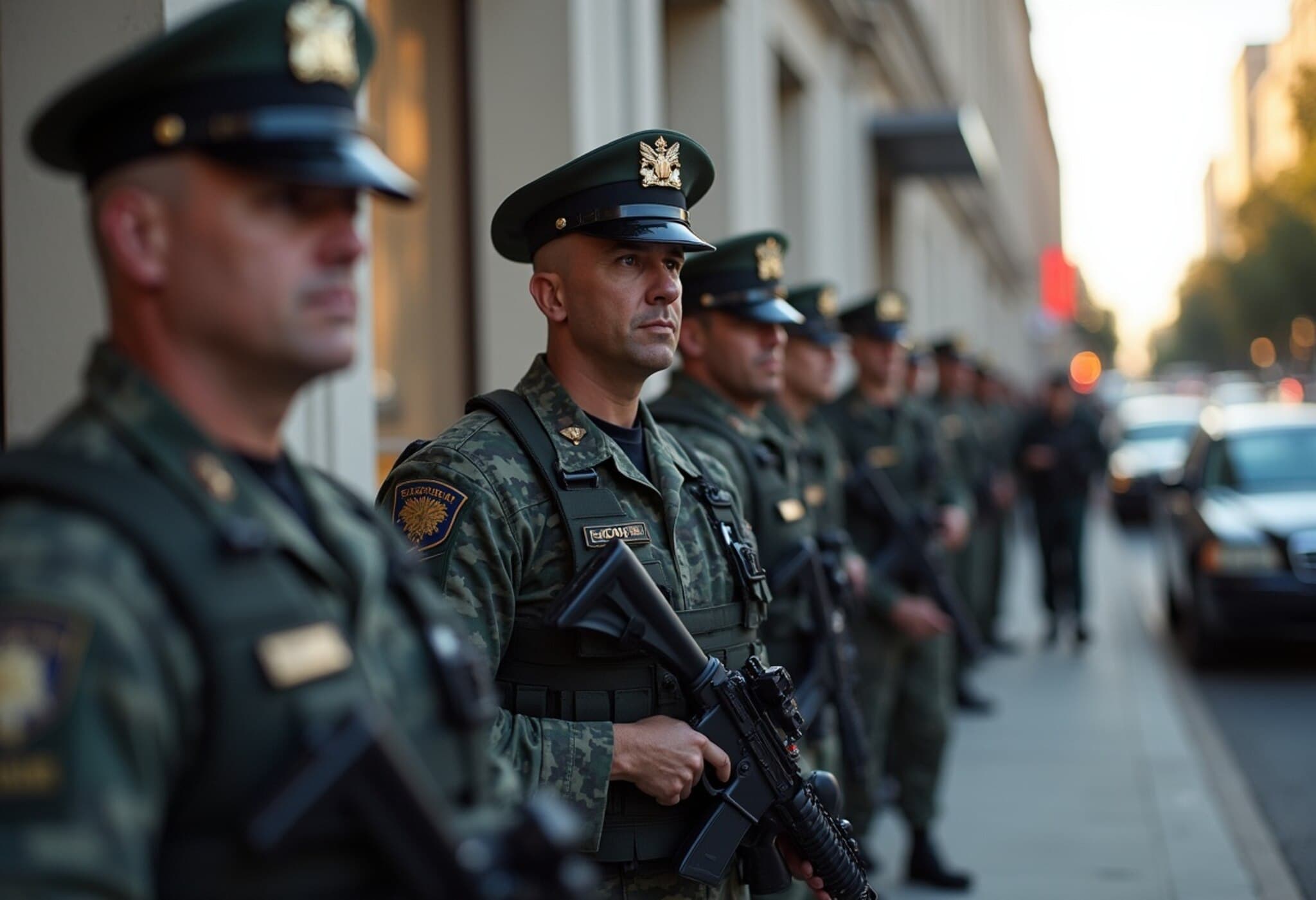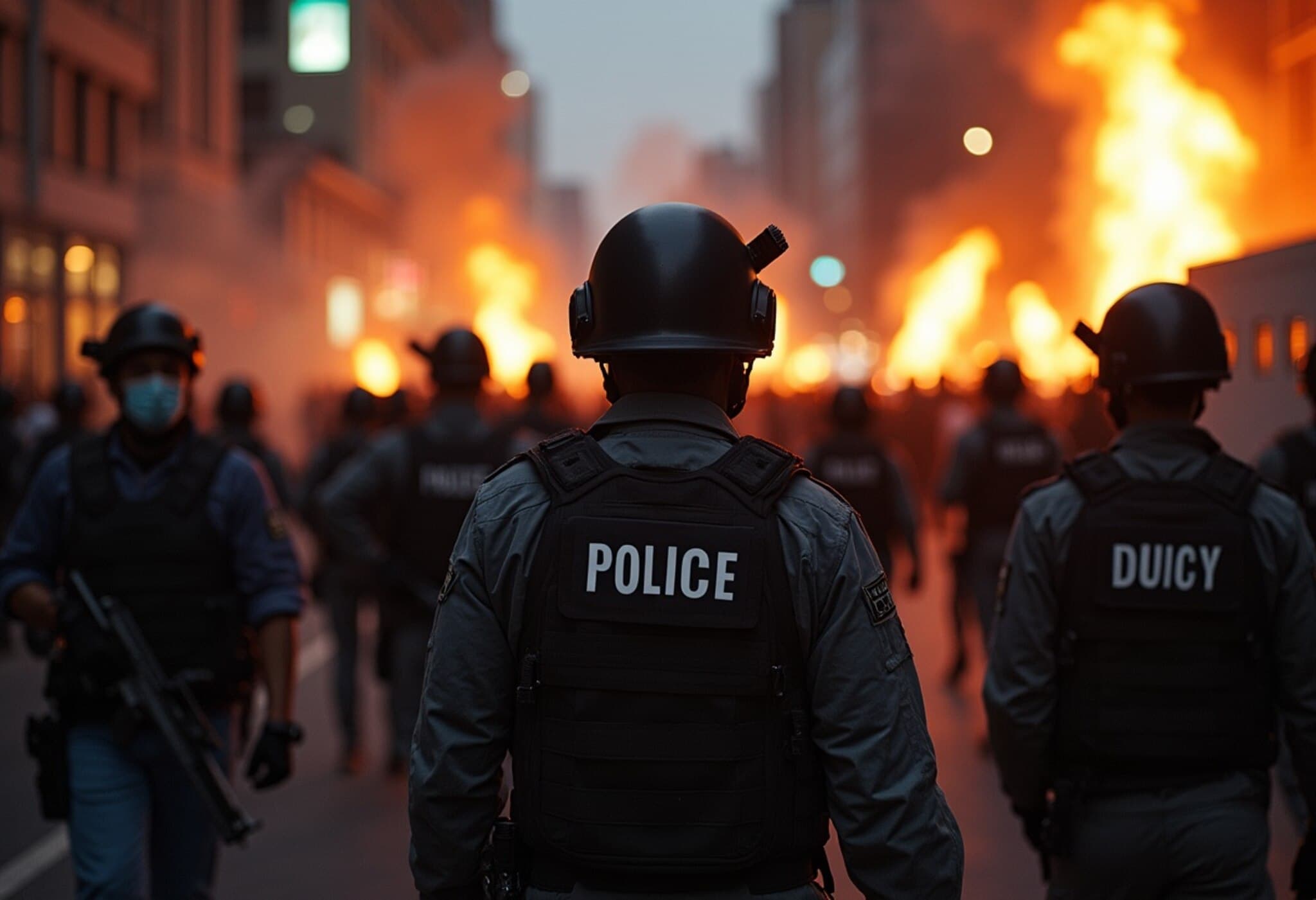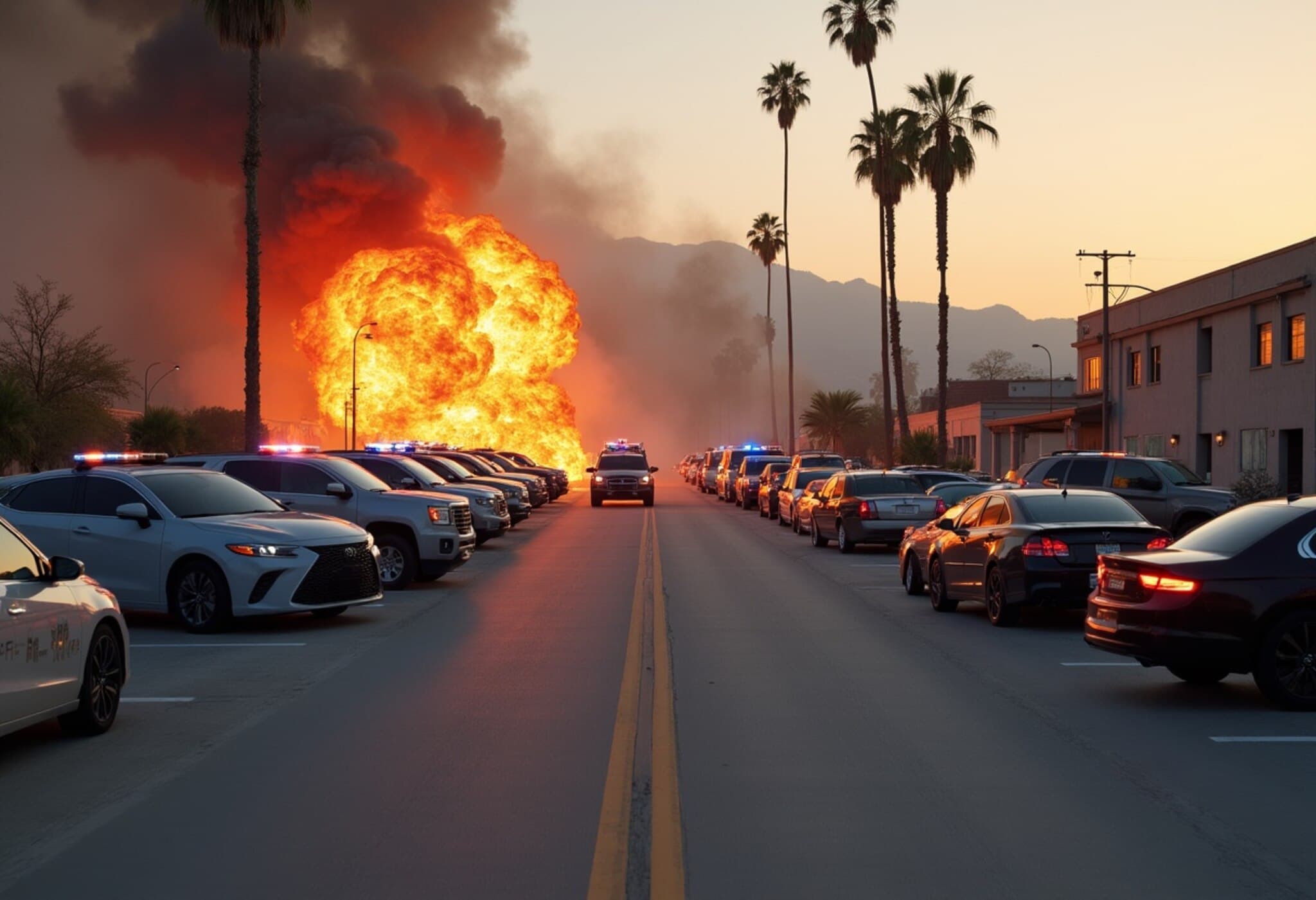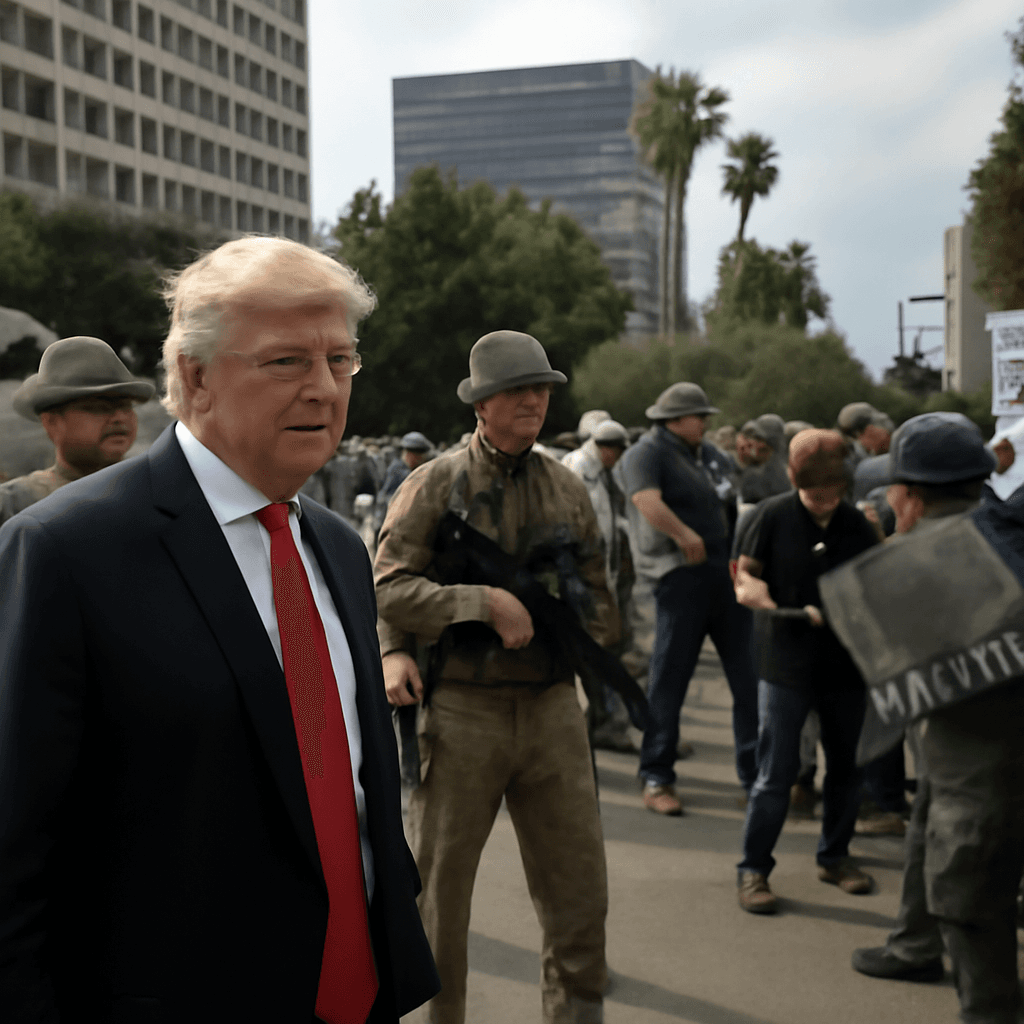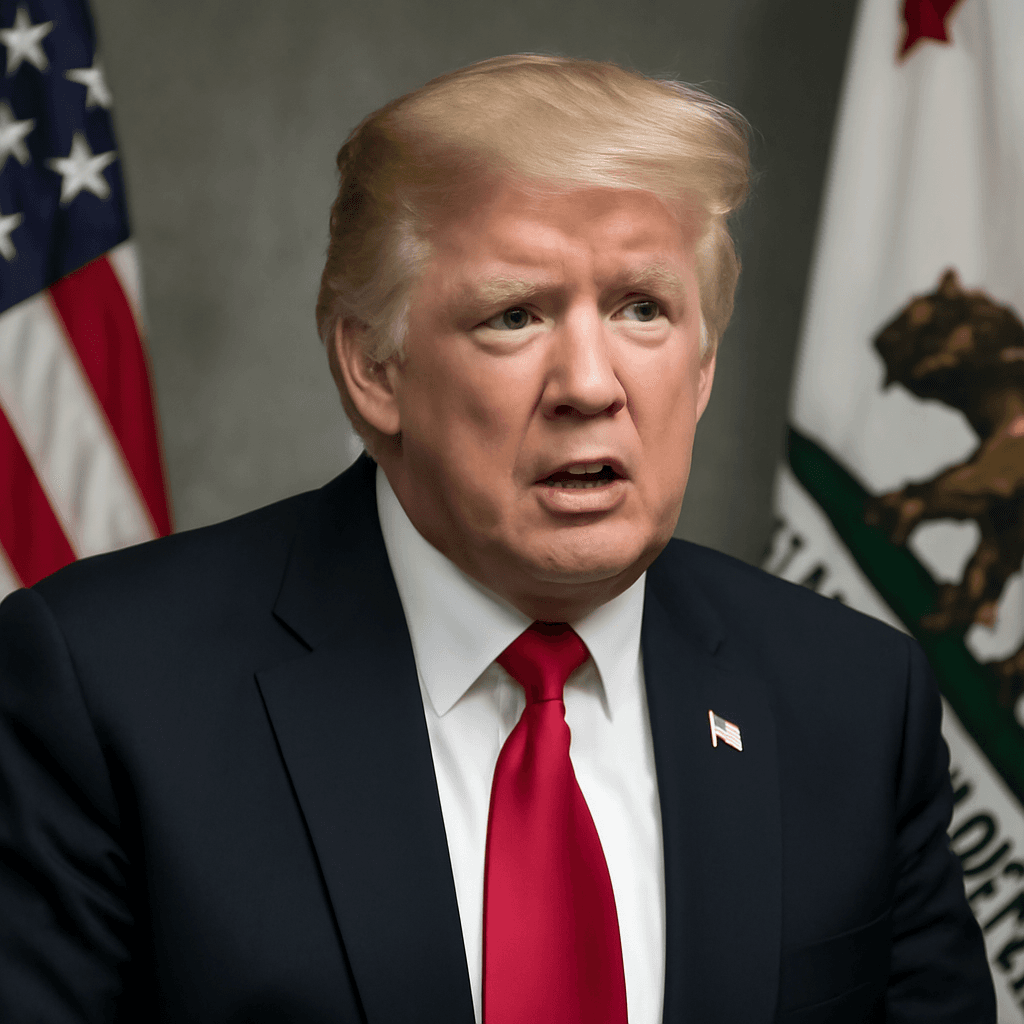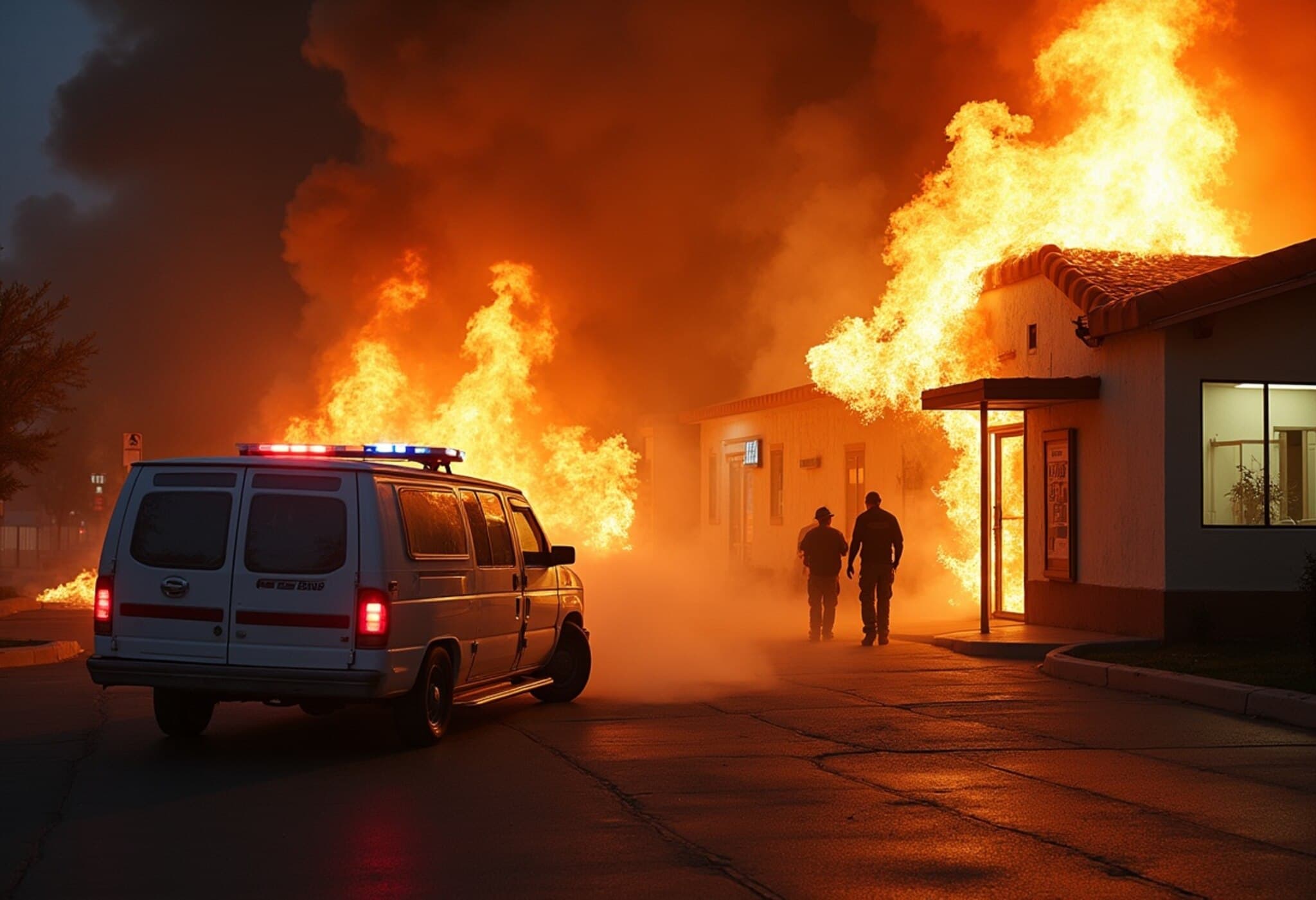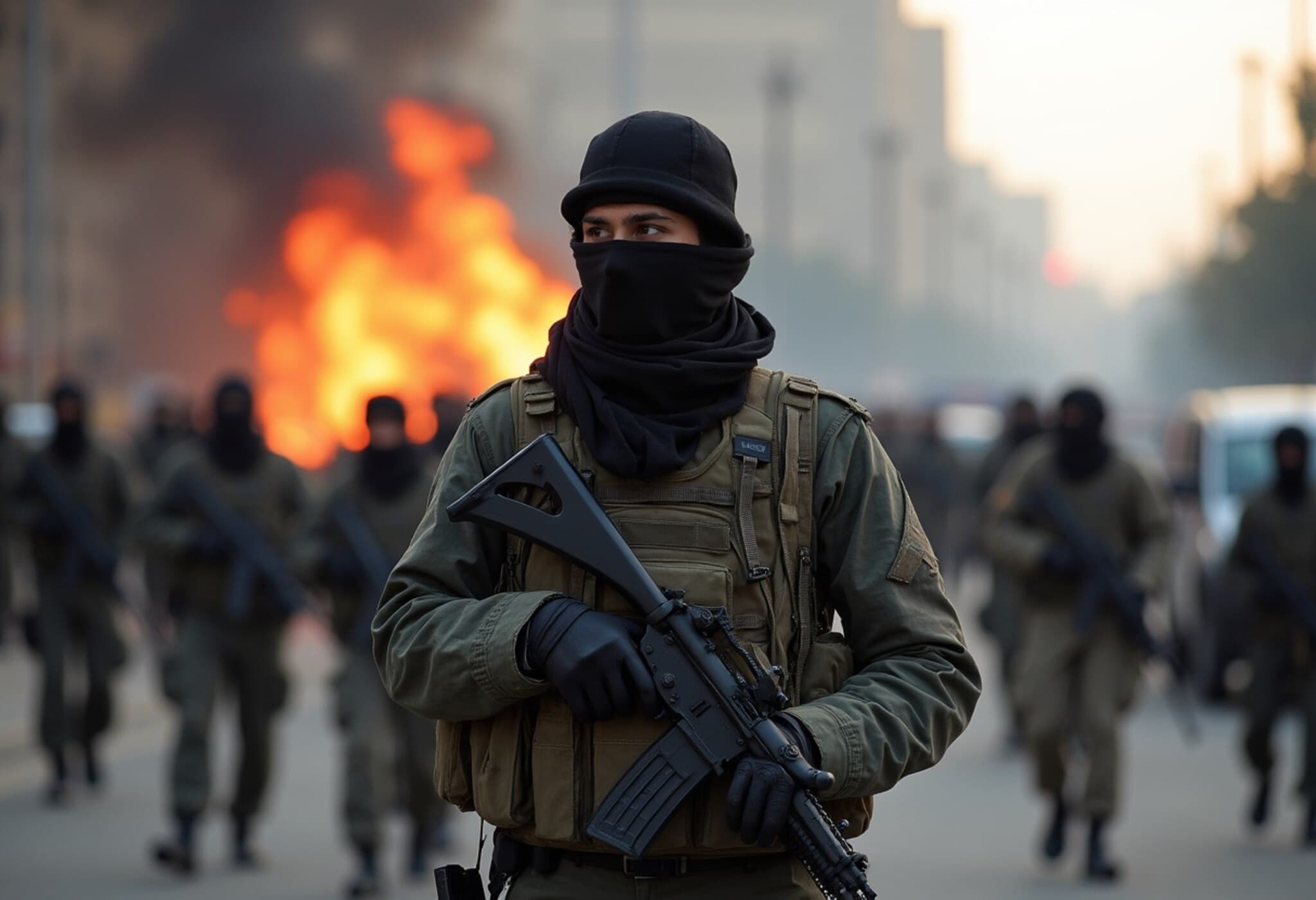Trump Accuses FireAid of Fund Mismanagement Following California Wildfires
In the wake of the devastating wildfires that swept through California earlier this year, former U.S. President Donald Trump has publicly criticized the handling of the $100 million relief fund raised through the FireAid concert. Via his Truth Social platform, Trump labeled the initiative a “total disaster,” alleging that significant amounts of money intended to help wildfire victims have gone unaccounted for.
Wildfires in California: A Grim Beginning to 2025
The wildfires, rare for the winter season, scorched large areas north of Los Angeles in January 2025, fueled by unusually dry conditions, powerful Santa Ana winds, and damaged power infrastructure. The Eaton and Palisades fires alone claimed 31 lives, destroyed more than 18,000 structures, and displaced tens of thousands of residents. The economic toll has been staggering, with property losses estimated between $76 billion and $131 billion.
Understanding FireAid: Purpose and Distribution
FireAid was orchestrated as a high-profile benefit concert on January 30, 2025, in Inglewood, featuring headline acts such as Lady Gaga, Katy Perry, and Olivia Rodrigo. Organized by the Annenberg Foundation and partners, it successfully raised approximately $100 million through ticket sales, donations, and sponsorships.
The fund operates by granting resources to nearly 188 nonprofit organizations tasked with delivering emergency relief services, including housing, food provision, mental health support, and wildfire prevention measures. FireAid maintains that it does not distribute funds directly to individuals; rather, it works with trusted nonprofits to maximize outreach across affected communities.
Controversies and Calls for Transparency
Despite these efforts, criticism has surfaced from wildfire survivors citing frustration over the absence of direct financial aid. Trump added fuel to the fire by accusing not only FireAid but also California Governor Gavin Newsom—whom he disparaged as “Governor Newscum”—of grave mismanagement, specifically targeting water resource management failures during the crisis.
Though no evidence of fraud has emerged, the controversy has prompted California Congressman Kevin Kiley to urge the U.S. Attorney General to investigate FireAid’s fund management. Echoing this sentiment, David Howard remarked, “People need to know where this money went. That’s the only way to rebuild trust.”
Beyond Fundraising: The Broader Challenge of Wildfire Management
This episode underscores the complexities involved in disaster relief and recovery, particularly when tackling the aftermath of increasingly frequent and intense wildfires driven by climate change. Experts emphasize that funding alone is insufficient; ensuring transparent, accountable, and well-coordinated distribution channels is paramount to restoring public confidence and effectively aiding victims.
Furthermore, the debate highlights the critical need for comprehensive wildfire prevention strategies including improved forest management, infrastructure hardening, and climate adaptation policies at both state and federal levels.
Key Takeaways:
- $100 million was raised through FireAid to support victims of the January 2025 California wildfires.
- The fund distributes money via grants to nearly 188 nonprofit organizations focusing on relief and recovery efforts.
- Allegations by Trump claim mismanagement and missing funds, though no fraud has been proven.
- Calls are growing for greater transparency and investigations to assure responsible stewardship of disaster relief money.
- The wildfires caused catastrophic human and economic losses, accentuating the urgency for improved disaster response frameworks.
Editor’s Note
The FireAid controversy serves as a potent reminder of the delicate balance needed between rapid fundraising efforts and the imperative for transparency in disaster relief. As climate-induced calamities become more frequent, stakeholders—from government officials to private philanthropists—must prioritize accountability and clear communication to maintain public trust. Moreover, this crisis opens broader questions about systemic challenges facing wildfire management in California and beyond, inviting renewed scrutiny and innovative policy solutions.

